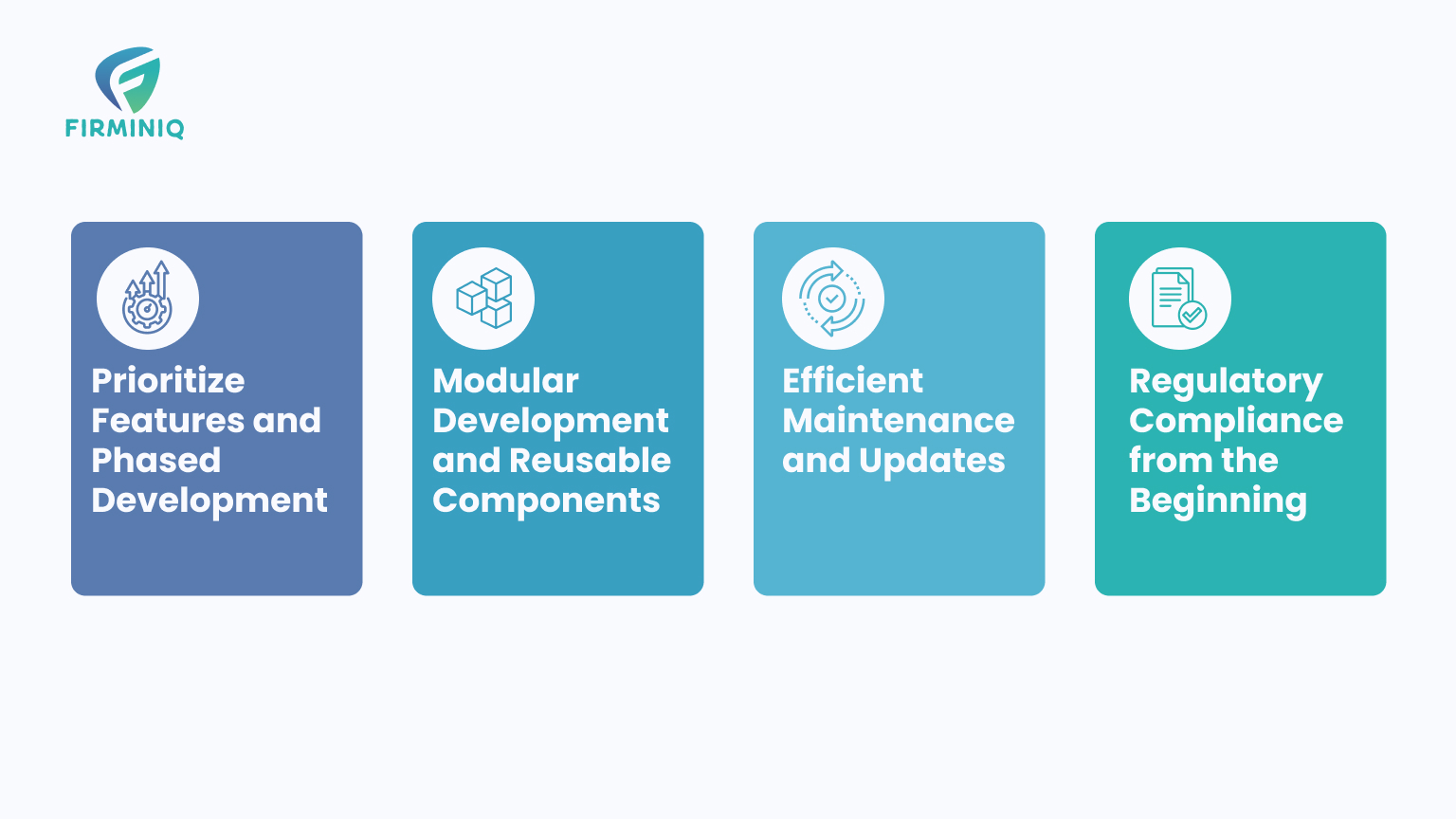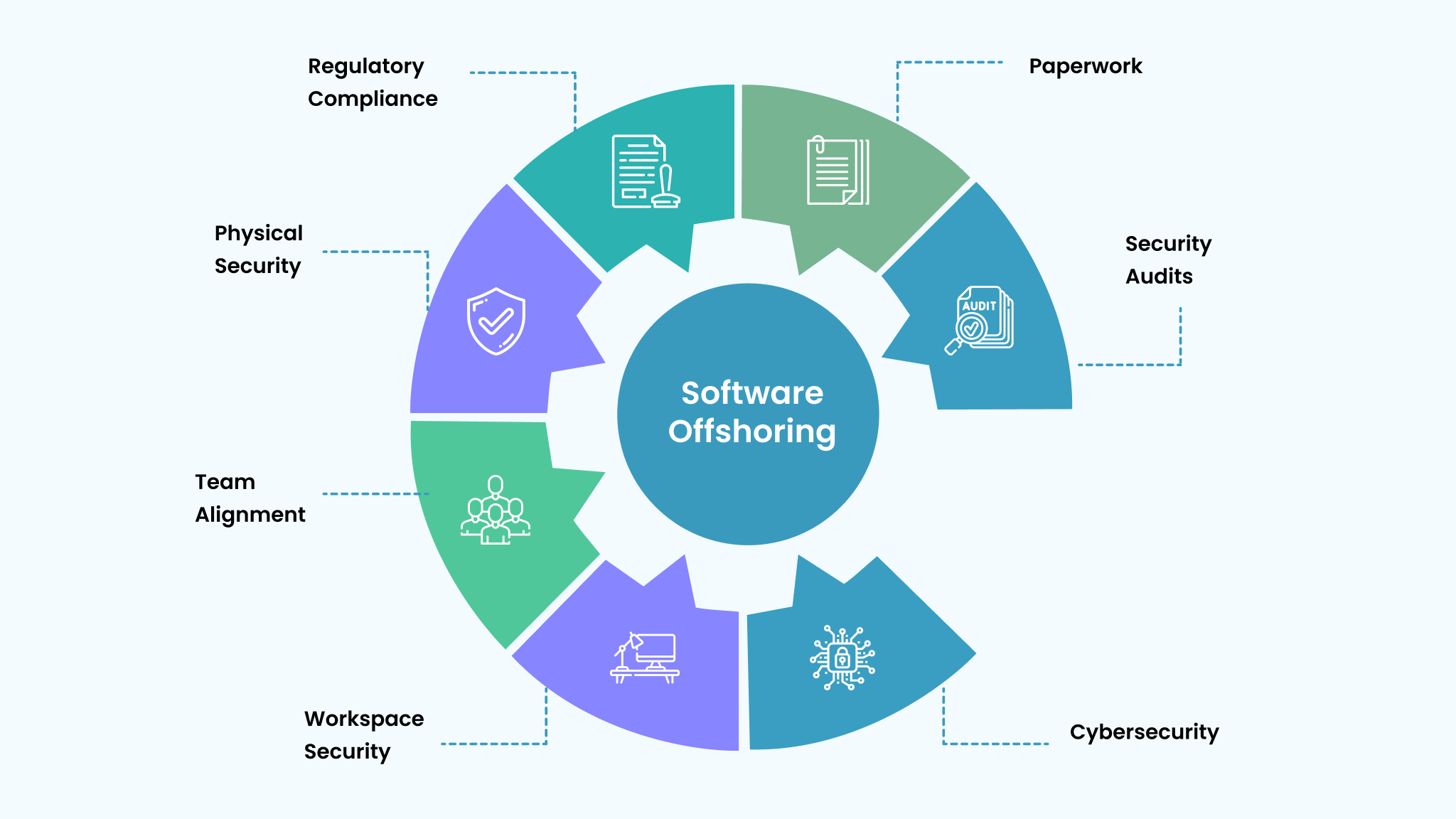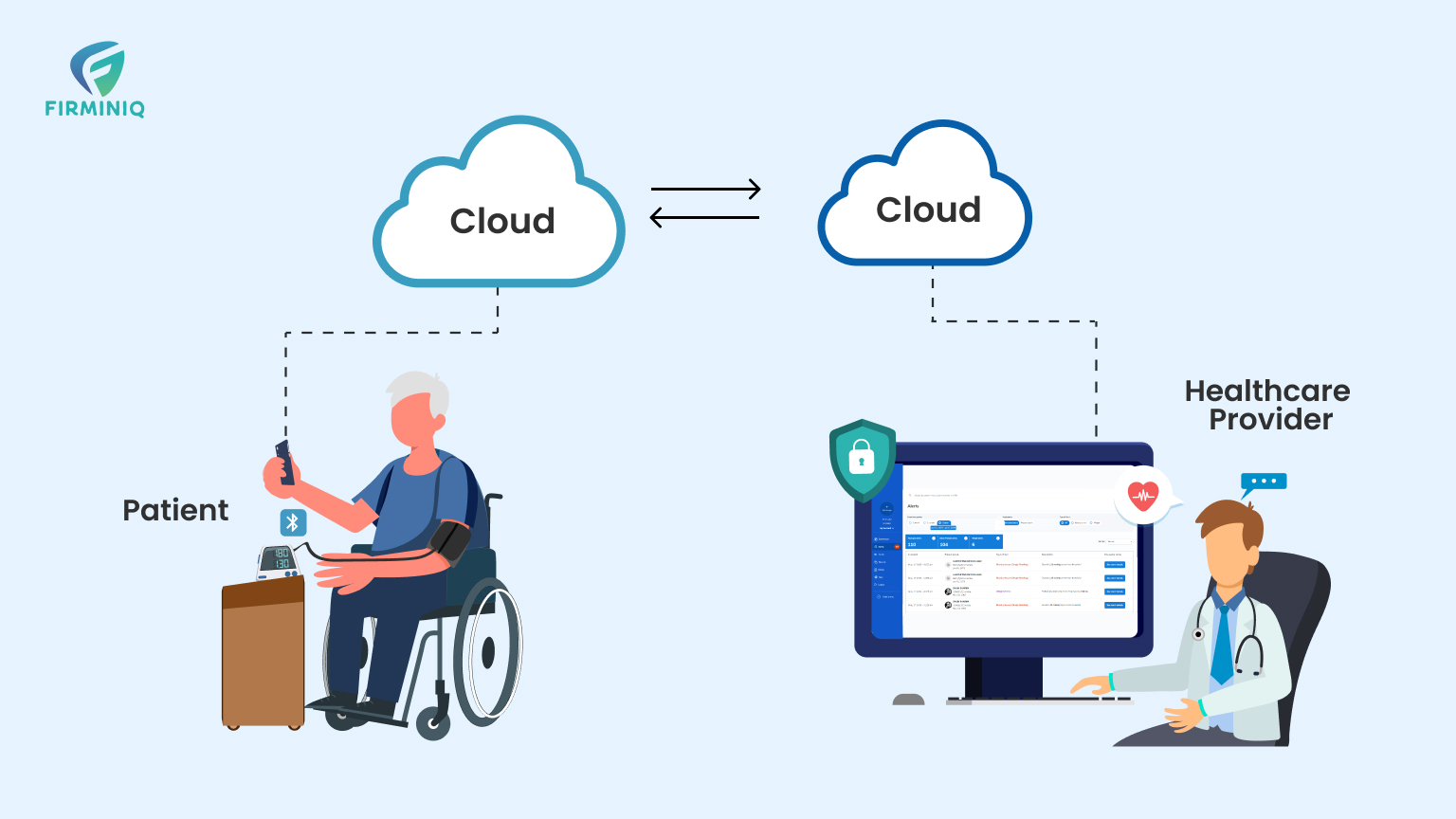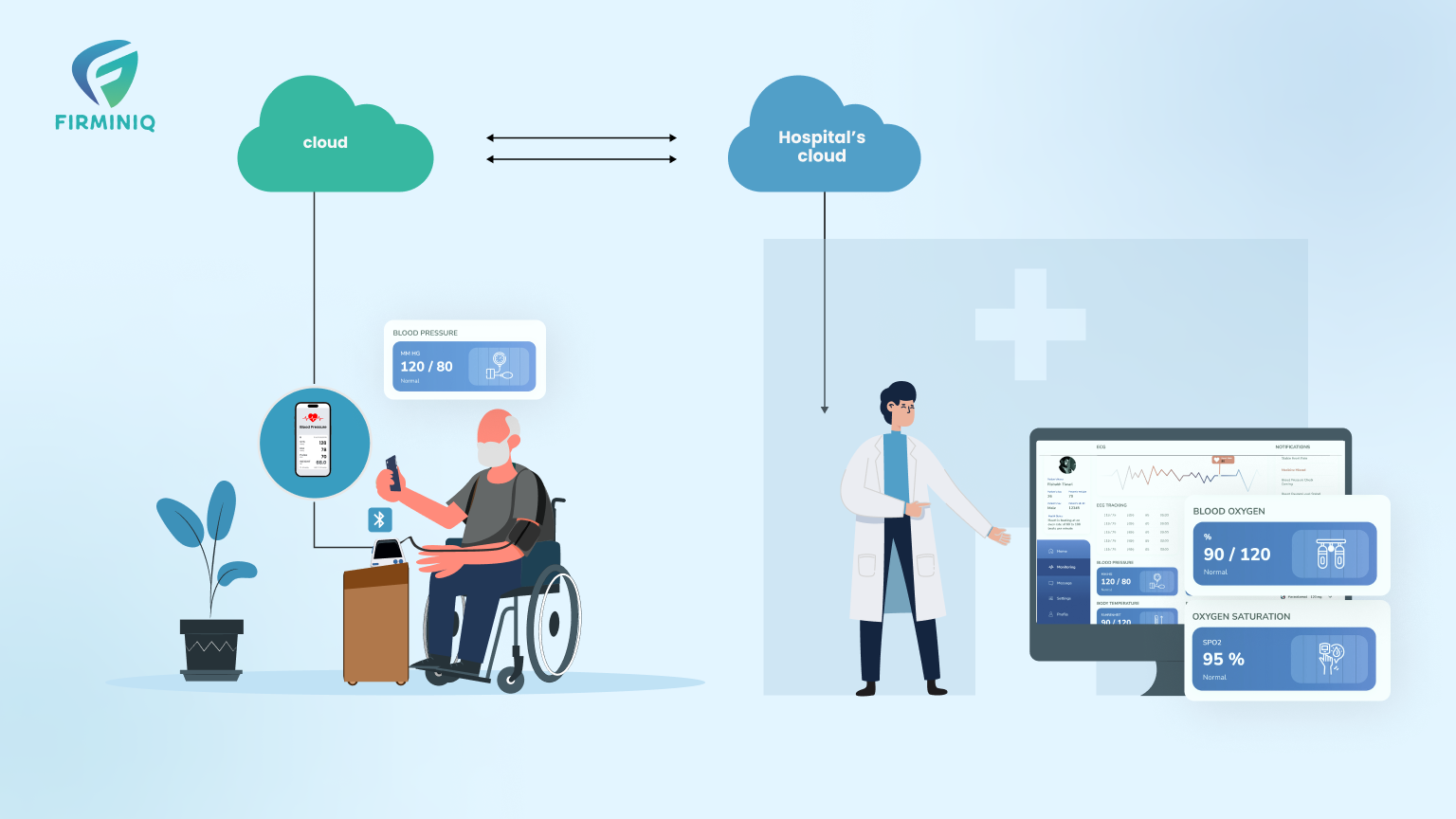As the demand for accessible and efficient patient care rises, connected healthcare apps emerge as a savior for both patients and healthcare providers. Delivering seamless care via these connected health apps has become vital, boosted by the integration of smart devices, wearables, and more.
The integration of digital health solutions facilitates real-time monitoring, remote consultation, and streamlined communication between the patients and healthcare professionals, representing a groundbreaking transformation in healthcare delivery.
Amidst this paradigm shift towards healthcare innovation, connected healthcare market size is expected to be worth around USD 520.6 billion by 2032 from USD 58.2 billion in 2022, growing at a CAGR of 25.2% during the forecast period from 2023 to 2032 as per market.us.
However, developing a connected healthcare app comes with a set of challenges, especially when it comes to budgeting and cost management.
The healthcare industry demands a higher level of precision, security, and compliance that impacts the entire development process, notably in terms of financial considerations. Let’s delve into key considerations that impact the development of efficient and cost-effective connected healthcare applications.
Factors Influencing Cost of Connected Healthcare Apps
Several factors contribute to determining the cost of developing a healthcare app. Let us explore and discuss them in detail.
1. App Functionality and Complexity
App functionality and complexity have a significant impact on the development cost. The features provided to users, such as secure login and payment gateways, can lead to enhanced development times, more resource needs, and higher expenses. The app’s complexity, whether basic or advanced, impacts the overall development cost.
Healthcare apps may also require integration with specific hardware components like wearable devices to fulfill the connectivity needs. These components enhance the app’s capabilities and add complexity and cost to the development process.
2. Interoperability
Interoperability involves integration with existing healthcare systems and databases that have unique architecture and data formats. It is vital to ensure seamless communication and data exchange with these systems. Ensuring compatibility with diverse systems may add complexity and costs.
Ensuring healthcare systems can work together is crucial but complex. It involves customization, following a set of rules, testing, and more, which increases costs.
3. Regulatory Compliance Adherence and Security
Ensuring compliance with healthcare industry regulations, robust data encryption, and security measures are critical considerations in the healthcare app development process.
The healthcare app must adhere to relevant standards like HIPAA (Health Insurance Portability and Accountability), GDPR (General Data Protection Regulation), MDA (Medical Device Regulation) and others. Meeting these regulations demands attention to all details, and thorough testing to avoid any legal consequences and maintain user trust.
The commitment to maintain regulatory compliance complicates the development process and raises the cost of development. Failure to adhere to these regulations may pose potential risks and damage the organization’s reputation.
4. Testing and Quality Assurance
Testing and quality assurance are vital components of healthcare app development. Developers need to ensure that the app functions correctly, meets the compliance requirements, ensuring a seamless and trustworthy user experience. Healthcare applications, dealing with sensitive patient information require rigorous testing to identify potential vulnerabilities and ensure robust security measures.
Thorough testing helps ensure data security, interoperability, and seamless overall functionality. With rigorous and continuous testing, resource time increases, which boosts the overall cost of testing.
5. User Interface (UI) and User Experience (UX) Design
The healthcare app is used by different individuals, including elderly people, so it needs specialized UI/UX considerations. Therefore, incorporating user-friendly and intuitive features is vital for patient engagement and satisfying user needs. From wireframing to prototyping and testing, the app must ensure it meets the end user’s needs. A well-designed app contributes to better patient outcomes and overall success in achieving the intended purpose for what the app is built for but is a major factor for the cost enhancement.
6. Team Expertise
When choosing the right team for the healthcare app project, it is vital to assess their experience, skills, and efficiency with the healthcare industry regulations. The expertise of developers directly influences the cost of building the app which may vary across junior, mid-level, and senior positions. Recognizing the importance of skilled, diverse, and talented teams is vital for the project’s success. Higher the team expertise, more will be the cost of app development.
Additionally, scalability is another factor that must be considered. Depending on how complex the project is and its changing needs, organizations must have leverage to be able to adjust their resources as necessary. Flexibility is essential as it directly impacts on the project’s overall cost. For example, scaling up resources might be required during peak development phases, and scaling down during maintenance or slower periods helps in optimizing costs.
7. Maintenance and Updates
After the application is launched, it requires continuous maintenance and updates to address the ongoing issues, make changes in features, add new features, and adapt to the changing technology. Maintenance includes bug fixing, security updates, and changes as per user feedback.
These maintenance efforts not only contribute to app longevity and security but also result in increased ongoing costs.
Controlling Cost with a Budget Friendly Approach
The factors mentioned above influence the cost for healthcare app development, but with strategic measures the cost can be controlled. Here are the points to consider:

1. Prioritize Features and Phased Development
Identify the vital features of the core functionality of the healthcare application. Prioritize the features based on user needs, regulatory compliance, and critical functionalities. Also, with a phased development approach or MVP (Minimum Viable Product), organizations can focus on core features during the initial release. Incorporate additional features through updates based on user feedback and changing requirements.
2. Modular Development and Reusable Components
With modular app development or reusable component-based approach, organizations can significantly cut down on costs. Creating reusable modules allows developers to streamline the development process and mitigate repetition. The approach boosts efficiency and allows easy updates, as changes are applied to a specific component only and it does not affect the entire system. Experience the benefits of our solution featuring reusable components for connected healthcare app development.
3. Efficient Maintenance and Updates
As soon as the app is launched, continuous maintenance and updates become vital for addressing ongoing problems. Implementing efficient and streamlined processes for bug fixing, security updates, and user feedback-driven changes can optimize maintenance costs without compromising the app’s performance. It only contributes to the app’s security and continuity.
4. Regulatory Compliance from the Beginning
Embracing regulatory compliance like HIPAA and GDPR from the beginning of connected healthcare apps allows organizations to adhere to healthcare regulations and standards.
Organizations can avoid costly rework and ensure that the app meets all the legal requirements. With this approach, organizations can prevent expensive modifications, evade potential delays and cut down expenses linked to incorporating compliance features later in the development process.
Reducing Cost with Our Ready-to-use Components
Building a connected healthcare application is an intricate undertaking, navigating through a multitude of factors impacting overall app costs. Factors range from the complexity of app functionality to addressing interoperability challenges and ensuring robust security measures. Successfully managing these attributes is crucial to the project’s financial aspect. To tackle these challenges effectively, a strategic and budget-friendly approach is essential. It involves prioritizing key features, optimizing team composition, and implementing efficient maintenance strategies.
At FIRMINIQ, we offer a range of ready components from flexible ConnectedCareGo SDK to seamlessly connect to medical devices, to InteractIQ accelerator for admin-controlled text/video/audio interaction; along with essential functionalities such as Registration and Login, and robust Notification modules. These can be seamlessly integrated into your healthcare application to expedite time-to-market at a lower cost. Whether you seek a ready-to-deploy solution, a customizable option, or a white-label solution tailored to your specific use case, we can assist you in achieving results quickly.
Unlock a quicker and more cost-efficient development process by reaching out to us today!






